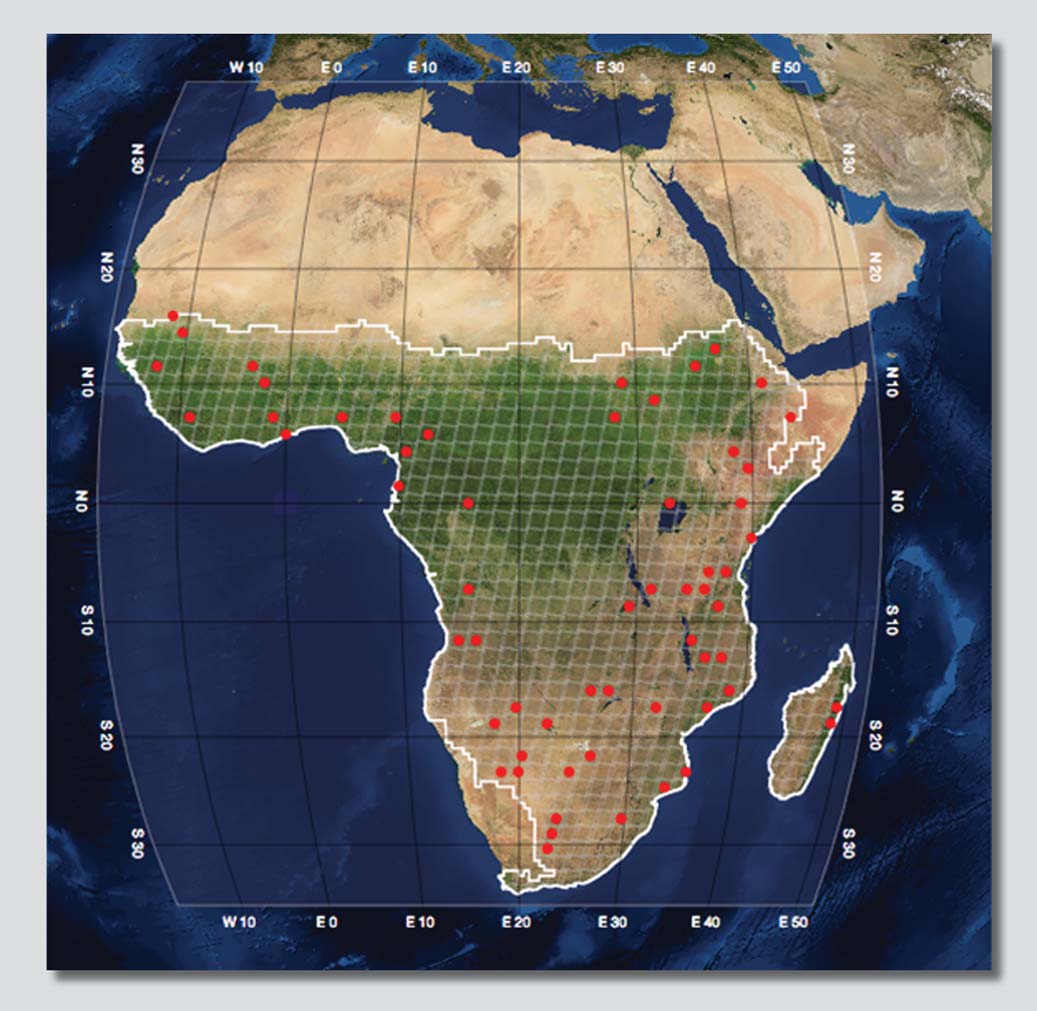Undertaken by the International Centre for Tropical Agriculture (CIAT), the "first ever" detailed digital map for 42 countries combines the latest soil science and technology with remote satellite imagery and on-the-ground efforts to develop an online map.
According to CIAT, this digital map of the continent's depleted soils will offer insights crucial for boosting food production. It will help provide solutions for poor farmers who suffer from chronically low-yielding crops due to degraded soils.
Wycliffe Oparanya, Kenya's Minister of State for Planning, National Development and Vision 2030, who launched the African Soil Information Service (AfSIS) at the World Agroforestry Center (ICRAF) in Nairobi, said the soil map would provide scientists and policy-makers with more detailed and accurate information on soil fertility in Sub-Saharan Africa.
"There has been an effort to develop high-yielding varieties of crops but the fact that soil fertility has remained low across many countries in Africa, [means] we have not been able to harness the benefits of the improved crops to capacity," he said. "Therefore, investing in soil health is a key concern that we must all address ourselves … to achieve food security for our people."
He said the food crisis facing many countries had become a global phenomenon that posed a new threat to the stability of the social framework and to the prosperity of all nations, "especially the small nations”.
Oparanya said: “Throughout the world, more and more people are unable to find food. There are increased cases of food riots, which in turn lead to political instability. This means that all nations must increase and sustain the production of staple food crops such as wheat, rice, maize, millet and potatoes, among others.”
CIAT is establishing the African Soil Information Service through a four-year US$18 million grant from the Bill & Melinda Gates Foundation and the Alliance for a Green Revolution in Africa (AGRA). The digital map ultimately will be developed as part of a global soil mapping initiative, known as GlobalSoilMap.net
Other partners in the effort include the Earth Institute at Columbia University, the World Soil Information at Wageningen University in the Netherlands and the Nairobi-based World Agroforestry Centre.
|
Photo: IRIN  |
| Soil erosion damage: Scientists in 42 African countries hope to map areas at risk of soil degradation and facilitate appropriate interventions that could help to curb food insecurity |
"Helping small farmers increase their yields and incomes is one of the most important things that the world can do to alleviate hunger and poverty," Rajiv Shah, director of agricultural development at the Bill & Melinda Gates Foundation, said. "Access to better information about their soil will empower African farmers to use methods tailored to their conditions so they can boost their productivity and build better lives."
AGRA president Namanga Ngongi said: "This project will benefit farm families in Africa by showing how they can reverse the trend of declining soil fertility, a major reason for slow growth in the region's agricultural productivity during recent decades."
Pedro Sanchez, the director of tropical agriculture and rural environment programme and director of the Millennium Villages Project at Columbia University, said as Africa's food crisis deepened, people were beginning to see the importance of soil health surveillance.
"The digital soil map has brought soil science to the 21st century," he said. "At the push of a button, you have answers on soil erosion, where to farm and what crops to grow on what type of soils."
js/mw
This article was produced by IRIN News while it was part of the United Nations Office for the Coordination of Humanitarian Affairs. Please send queries on copyright or liability to the UN. For more information: https://shop.un.org/rights-permissions





